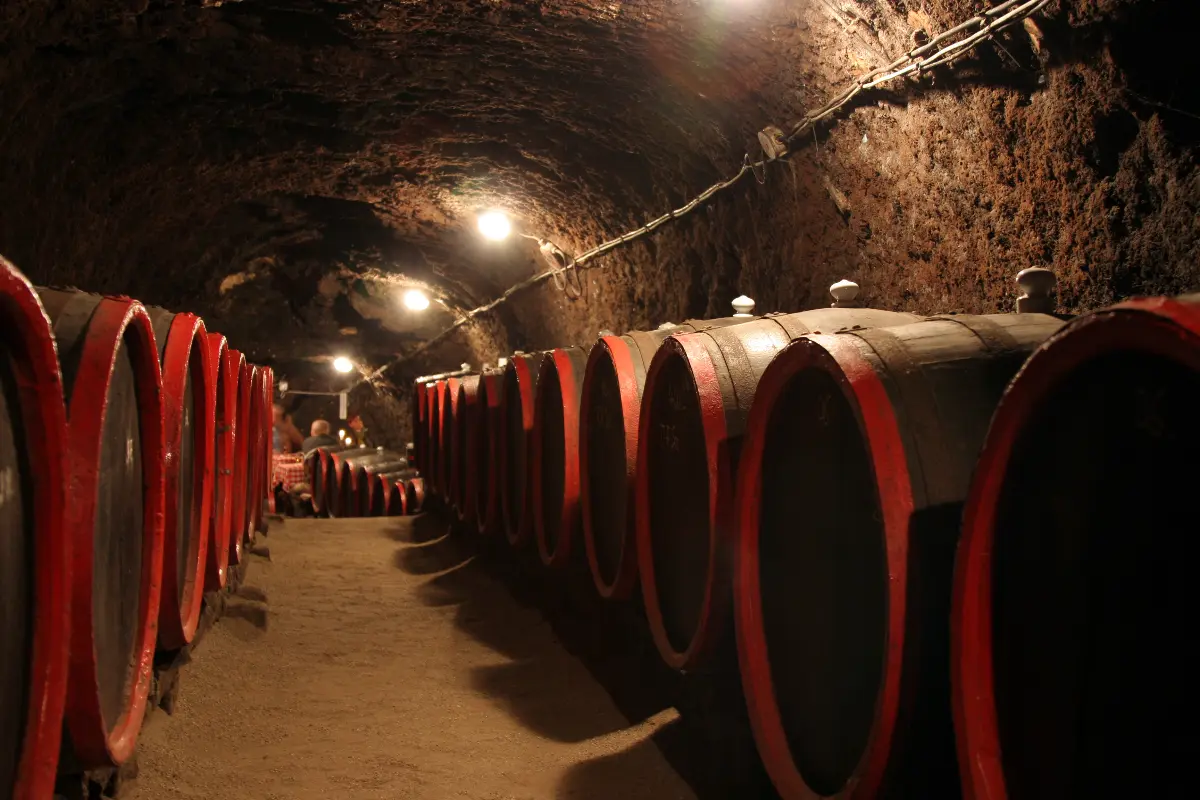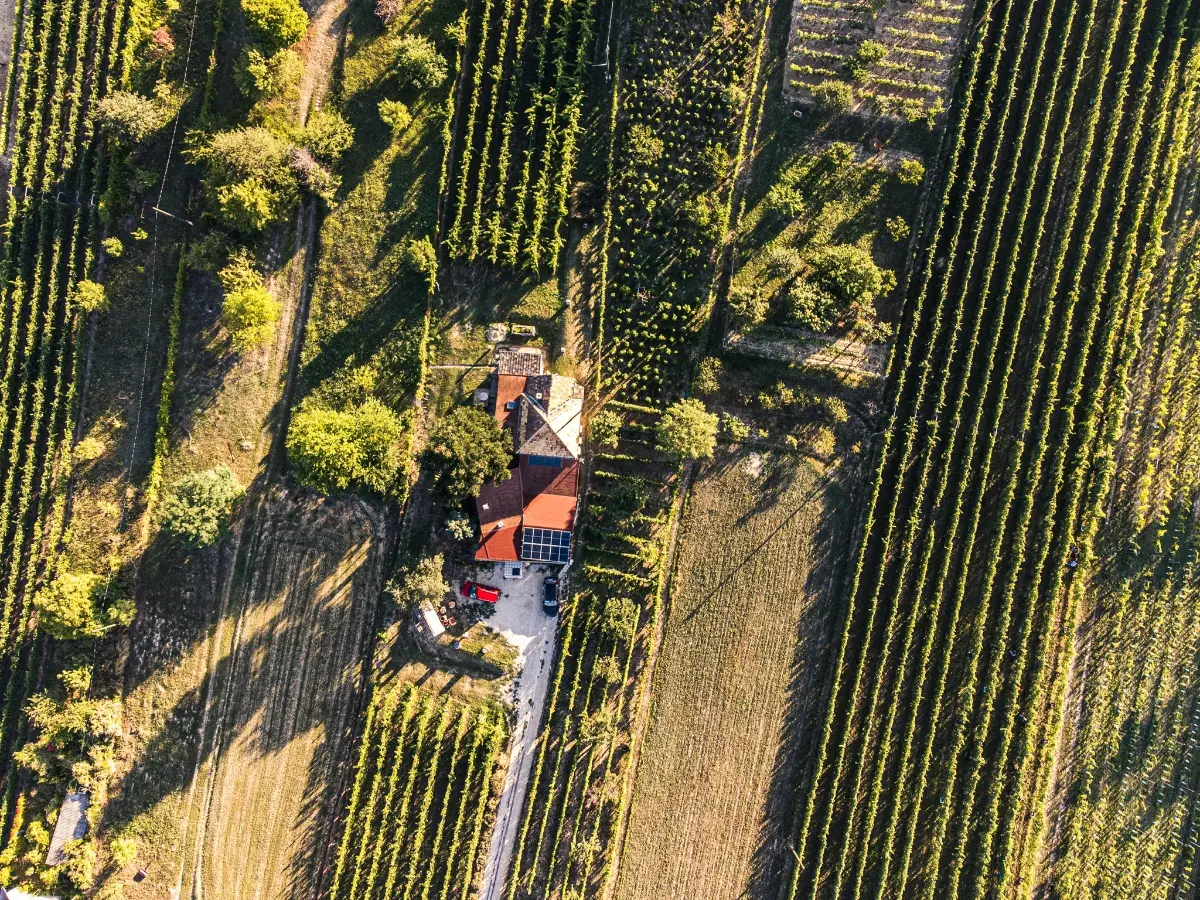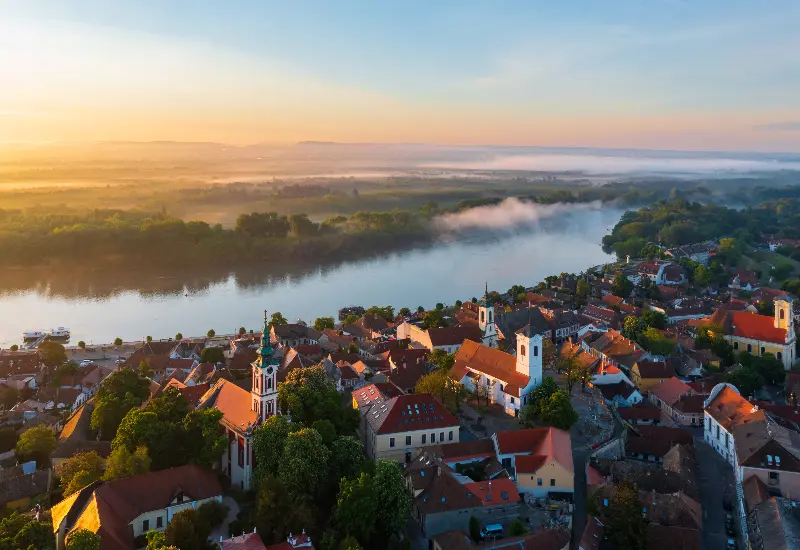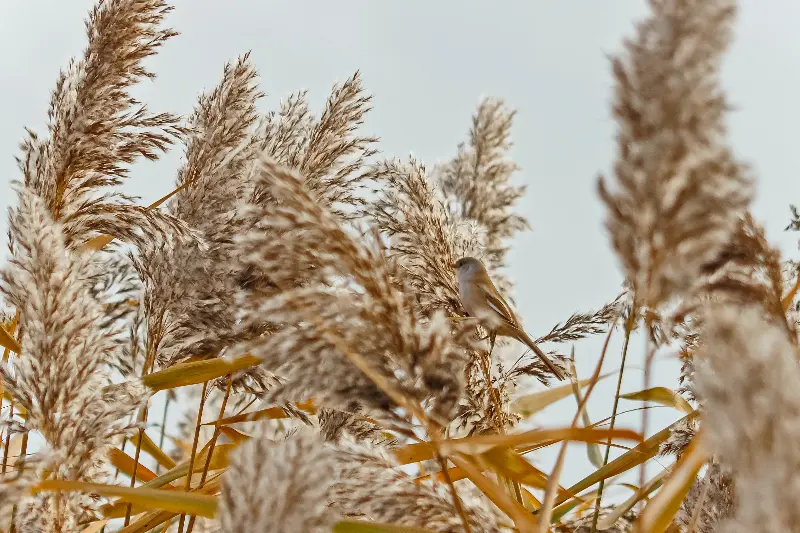
Helyszín címkék:
The very best of the Neszmély wine region
Káldi Emese
The king with the second longest reign in Hungary, Sigismund of Luxembourg, had the German and Czech crowns in addition to the Hungarian, and was even the German-Roman Holy Emperor. This extraordinary man, one of the most significant statesmen of his age – at least according to historical books – mentioned Neszmély among his favourite wine regions. Grapes had been grown on the site since Roman times; they yielded fragrant, fine nectars, which, were even suitable for long transport due to their high acidity. During the Turkish occupation, the population of the area and wine production declined, yet in the 19th century the Esterházys and Zichys re-developed the local wine culture. This began to decline again after the Second World War and Neszmély lost its status as a wine region for a time – The area earned the status again in 1977.
The Neszmély wine region has a diverse composition: the slopes of the Gerecse overlooking the Danube, the sandy parts of the Ászár district and the vineyards at the foot of the Pilis Mountains near Kesztölc. The most characteristic varieties of white wines in the region are chardonnay, welschriesling, grüner veltliner, irsa olivér, cserszegi fűszeres as well as ezerjó.

It’s worth starting our romp through the wine region at the Hilltop Borbirtok, at Melegeshegy in Neszmély. Neszmély is a settlement with a population of 1,300; it is located 80 kilometres from the capital and from the height of the Hilltop plantations, there is wonderful view of a nearly 14 kilometre-long stretch of the Danube and the highlands. Before making the ascent, it’s worth going for a stroll in the Neszmély Arboretum on the outskirts of the village – although it might be less spectacular than the nearby agostyáni arboretum, yet it’s a pleasant experience to walk through the collection originally intended to showcase the varieties (mainly coniferous) of the areas annexed after the Treaty of Trianon. It also won’t hurt to sample the local fare on offer along with a glass of fine wine at the restaurant of the site open all hours. Ákos Kamocsay, the owner of Hilltop, knows a great deal about his profession – in 1997 he was voted the vintner of the year in England and in 1999 in Hungary –, and he does a lot to make sure that Neszmély, which is still less known today, would occupy a worthy place among our wine regions.
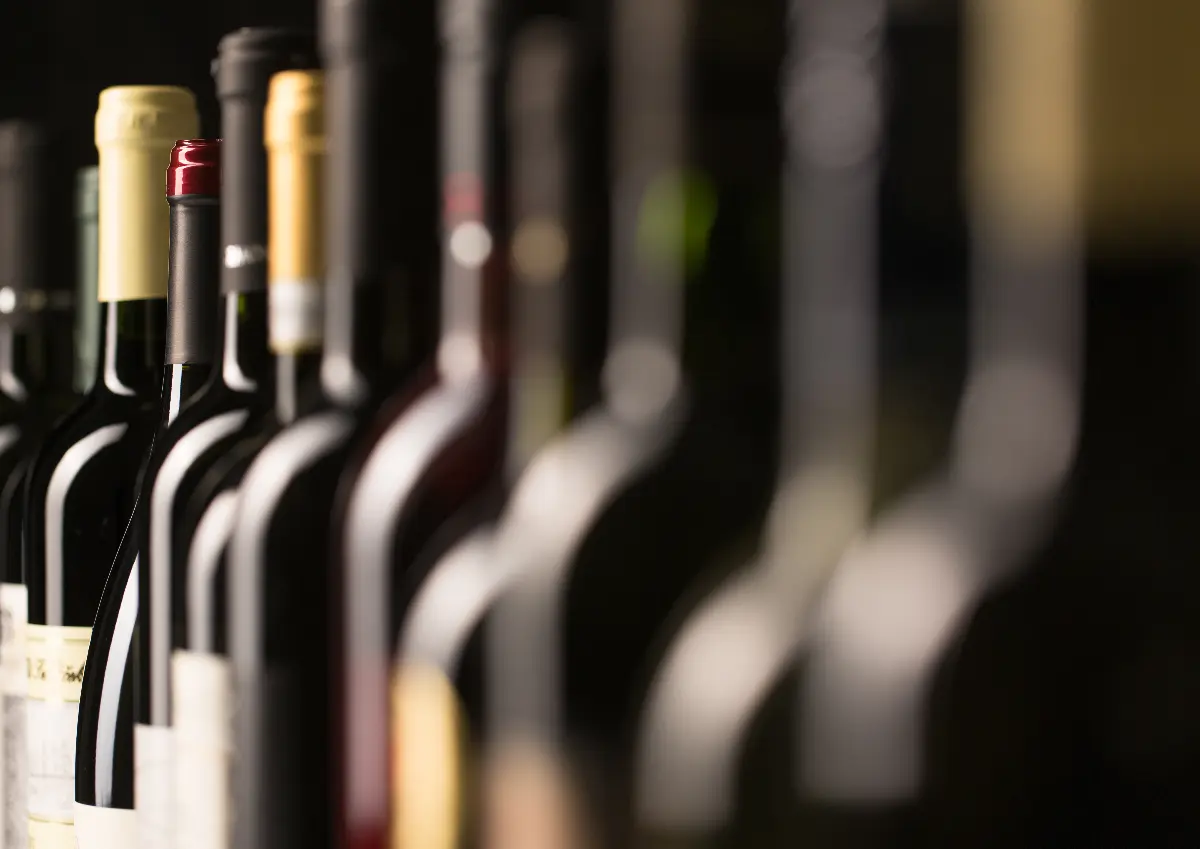
When it comes to a beautiful location and fine wines, the Turay-pincészet has no reason to be ashamed either. The family farm on the Baji Grape Hill near Tata is also known for its homeliness – the hosts are kind, their beverages are fragrant and the delicacies baked in the oven are simply irresistible. Actually, the cellar was built by the Capuchin order 250 years ago, and the secco depicting the four patron saints is a particularly quaint sight in the press house next to it. Still, the greatest attraction of the vineyard is the fourteen-branched, domed, star-like cellar built by the Esterházys in the 18th century, which could once accommodate 40 thousand casks of wine. Unfortunately, the cellar is rarely open to visitors. It is worth following the owners’ Facebook-site to find out more about their activities, including the occasional cellar tour. (As to how wonderful the site is, should be apparent from this image here.)
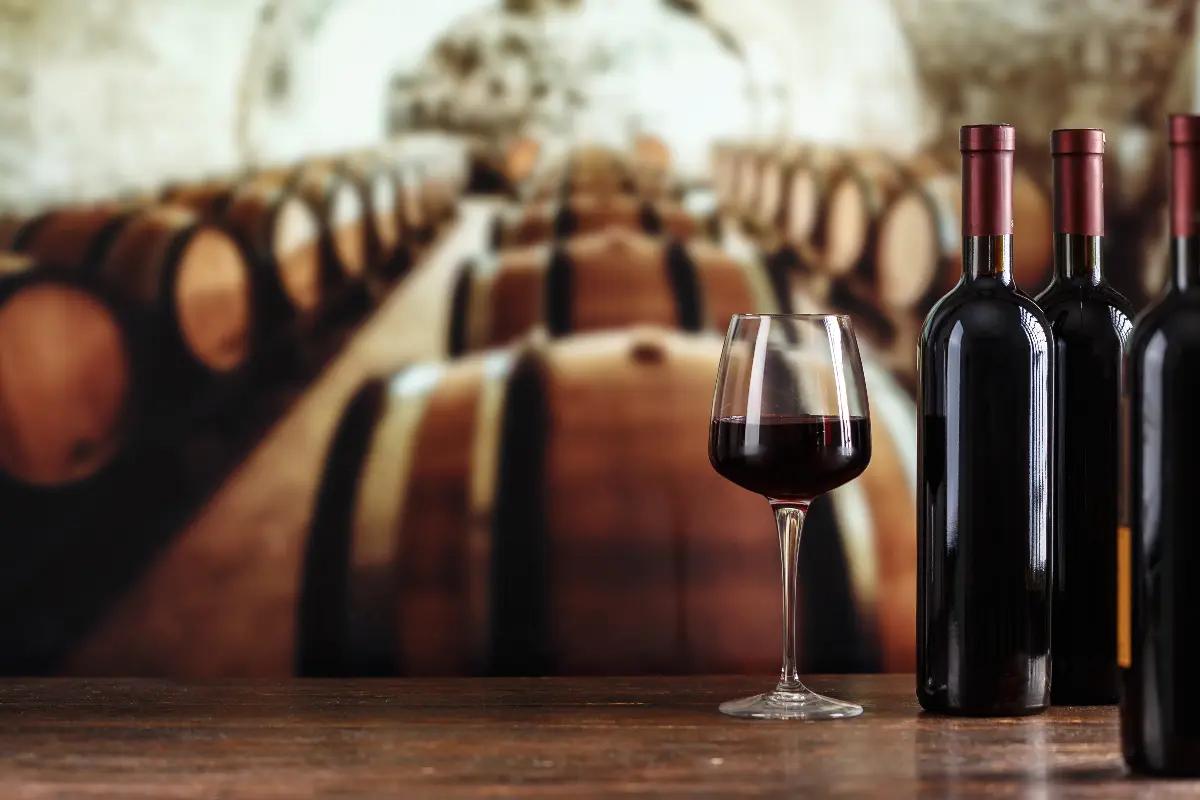
Kesztölc is only 40 kilometers from Budapest, in the wonderful surroundings of the Pilis Mountains. After a stroll through the village and a visit at the Pálos Herb Garden with a magical atmosphere created in 2016 and the cellars – the settlement was first mentioned in written materials in 1075 in relation to its grapes as the site is an ancient wine-growing region –, one can also go for a hike to Klastrompuszta, three kilometers away, to the ruins of the Pauline monastery. After the workout, it’s worth visiting the Szivek cellar, where the cross-beam press from 1867 is still functional and the white, red and rosé wines offer a thrilling experience.
You can find out more about the other wineries of the Neszmély Wine Region at the site of the Neszmély Wine Route Association, while the wines from the countryside can be sampled in the summer during the Neszmélyi Wine Days or in Tata, at Öreg-tavi Big Fishingin the autumn.
